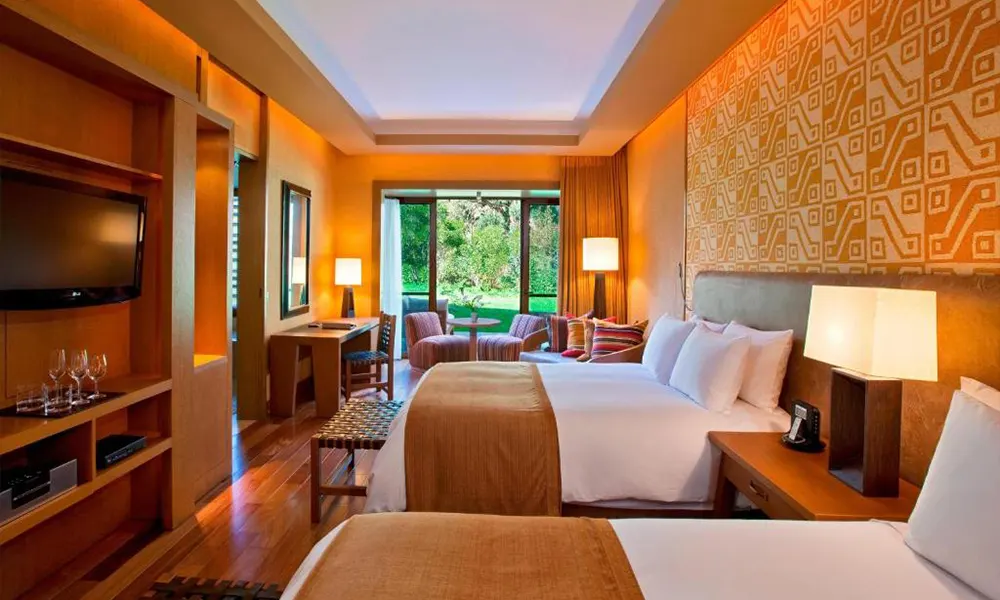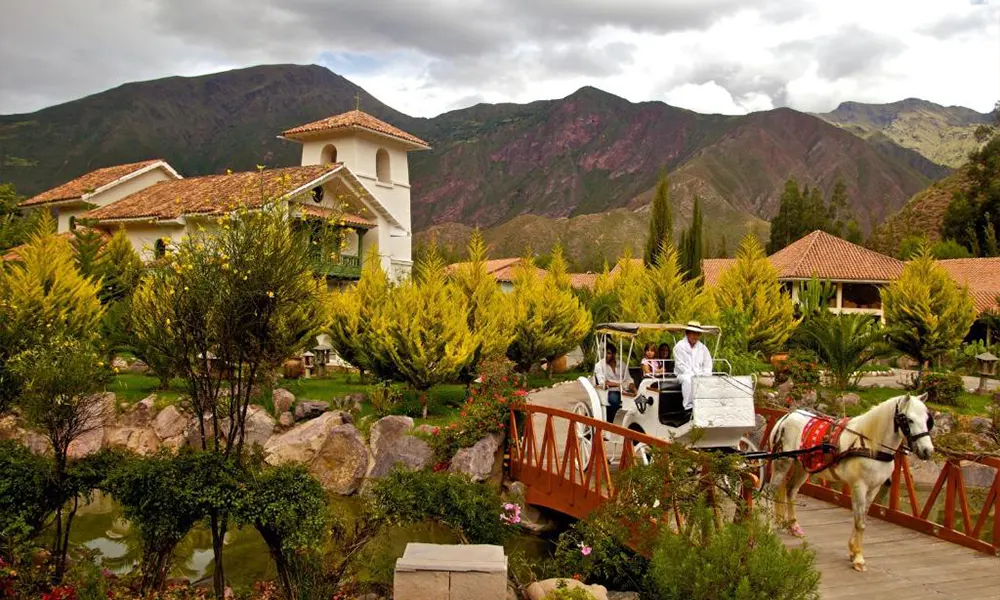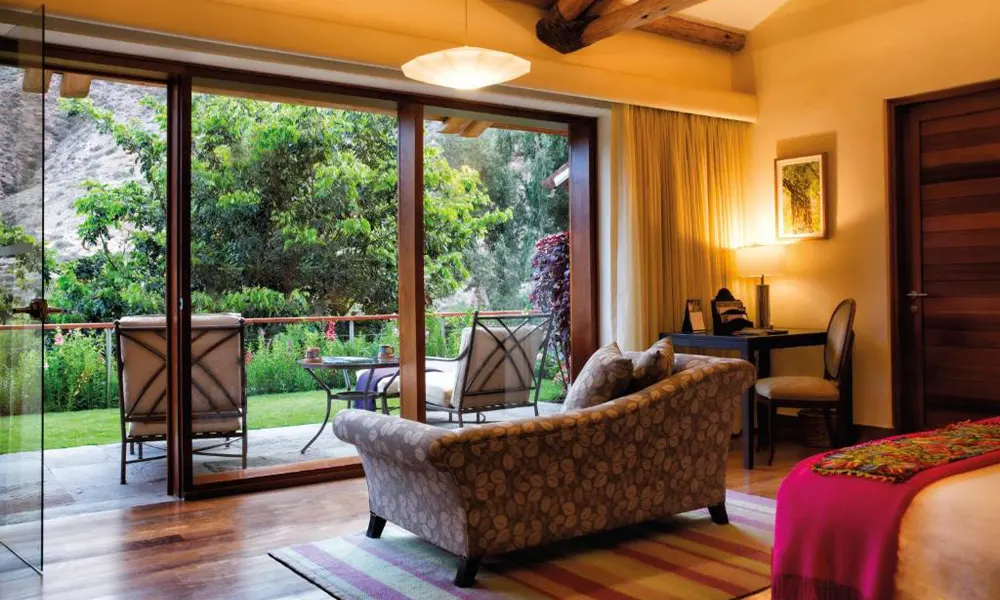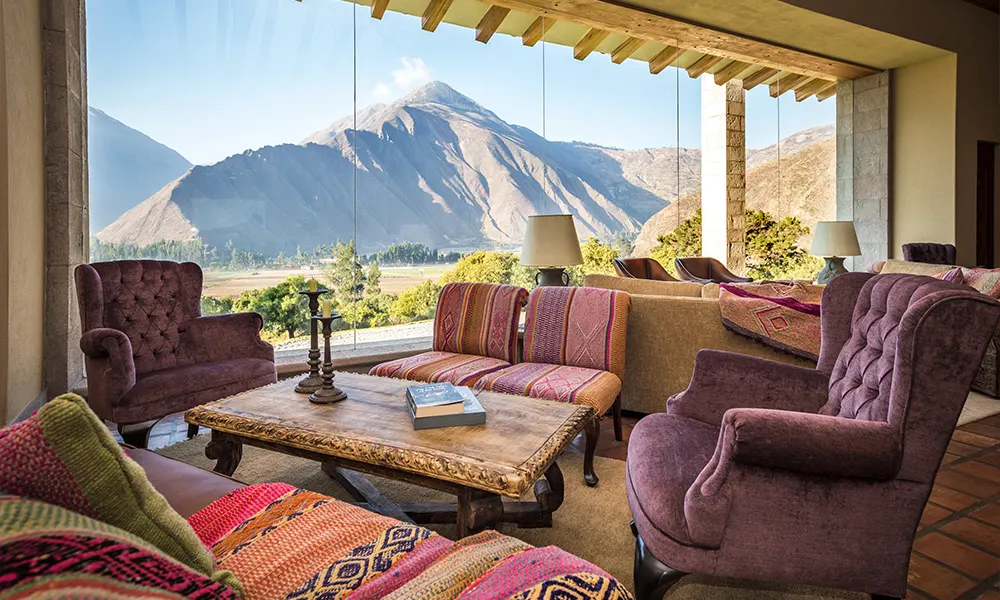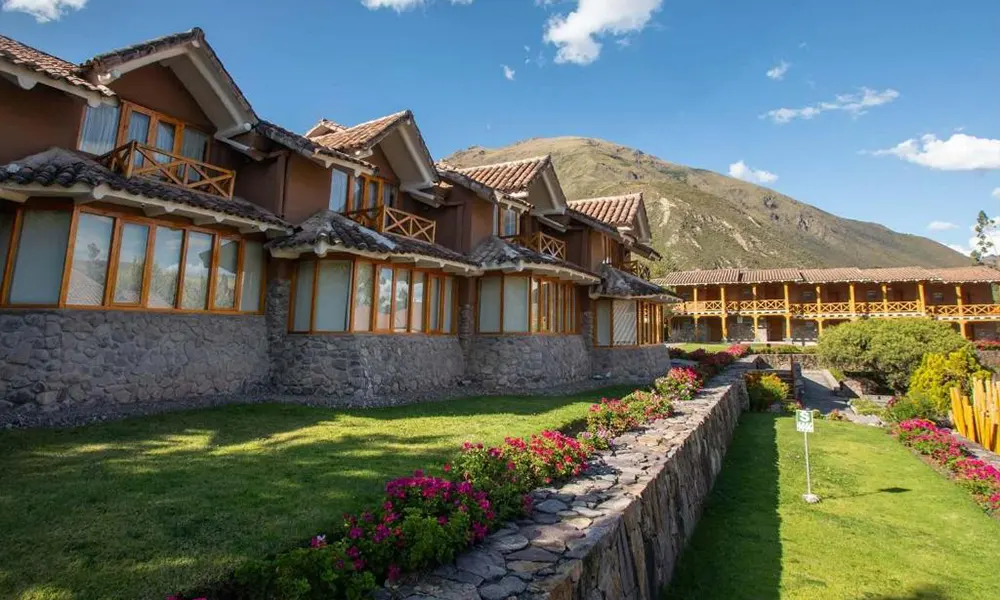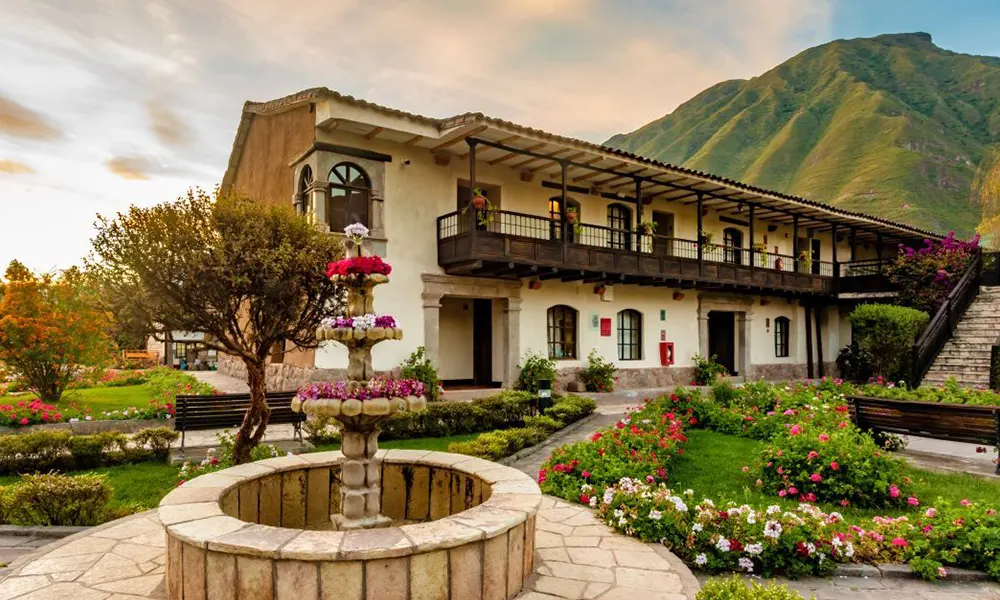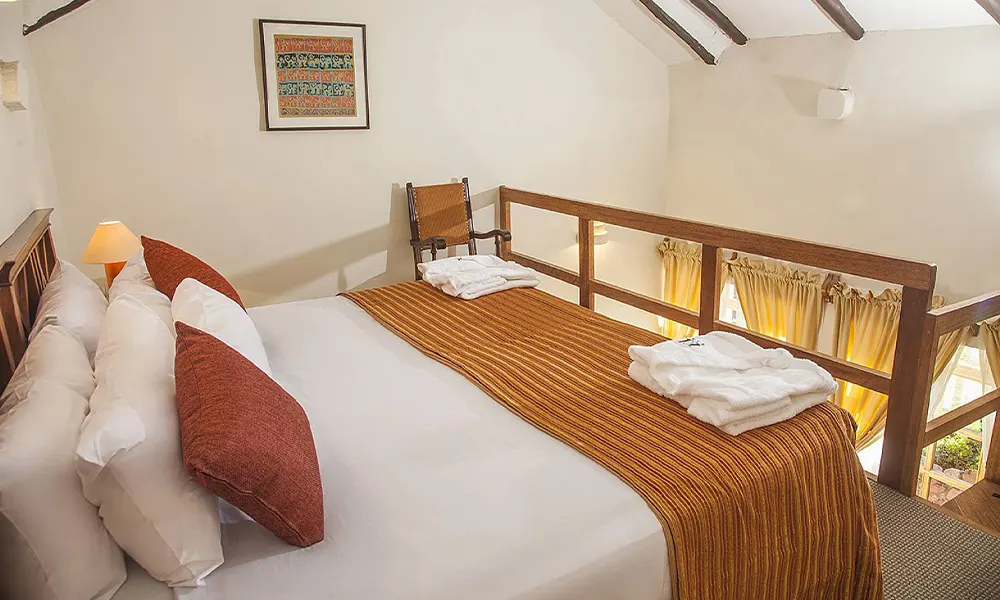The Incas considered it sacred for its fertile lands on both sides of the mighty river with crystal-clear waters called Urubamba. Without mentioning its perfect climate throughout the year. A paradise nestled in the Andes. For this reason, the Incas built their fortress, neighborhoods, and palaces in it. For this reason, the most charming hotels outside Cusco are in the Sacred Valley, surrounded by beautiful meadows, giant mountain slopes, and a dream climate with sun throughout the year. The Andean Toscana will be waiting for you with its cozy hotels, and MACHU TRAVEL PERU can put them at your fingertips!
